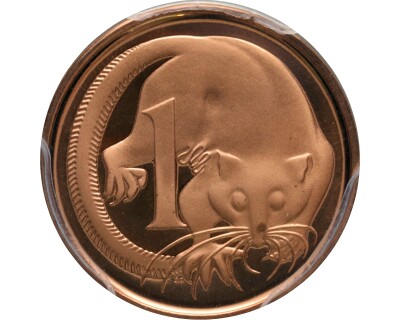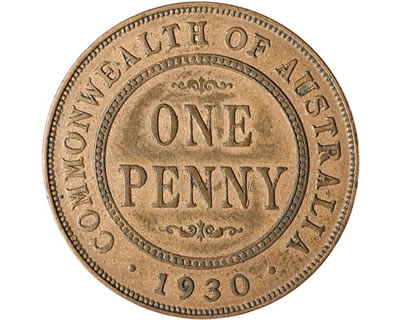Pre-Decimal Silver Coins of Edward VII (1910)
Introduction
Although Australia had been a nation since 1901, it wasn't until 1910 that her first official coins were produced. While the Melbourne mint was producing sovereigns and half sovereigns at the time, these were technically Imperial British coins. The first coins issued specifically for Australia were struck in silver and of the denominations threepence, sixpence, shilling, and florin. These featured the Australian Coat of Arms on the reverse and the crowed bust of King Edward VII on the obverse.
Originally the coins were intended to feature the map of Australia on the reverse but this was eventually changed to the Coat of Arms design. The map obverse attracted substantial media for its novelty with many arguing both in favour of the innovation and against it. In parliament Sir John Forrest and Prime Minster Andrew Fisher argued extensively about the designs - the newspaper 'The World's News' stated that "...bickering about the design of the proposed Australian silver coinage shows that the artistic susceptibilities of such connoisseurs as Sir John Forrest and Mr. Fisher are almost as divergent as their political views." (The World's News, 1909) The article sides against the map design stating "It would surely be an advantage for Australian coins to conform to the general principles of of coinage in all countries, and to stamp a map of Australia on the reverse... is a departure from all precedent." Such criticisms were clearly headed as in 1910 the new Australian silver coins featured a simple Coat of Arms design on the reverse.
In the early 1970s a number of double sided re-strikes of the 1909 uniface florin were unofficially produced by the notorious forger David Gee. He had used an obverse die created from an Edward VII two pound coin stolen from the NSW State Library and a die produced from 1909 Florin electrotypes stolen from the Royal Australian Mint. They feature the uncrowned bust of King Edward VII on the obverse and the Australian map reverse design.









